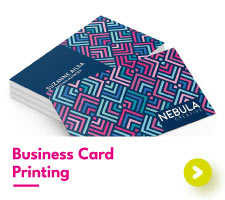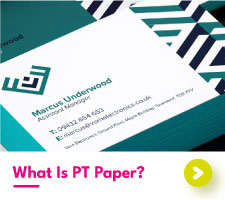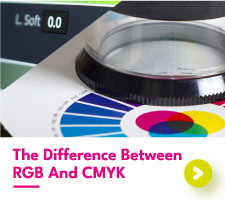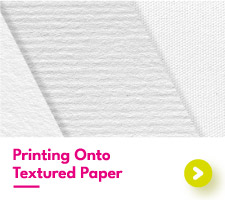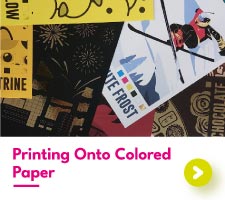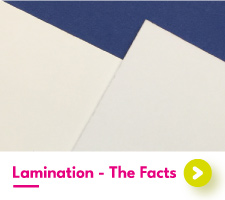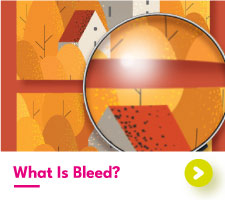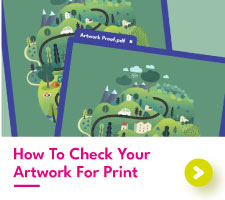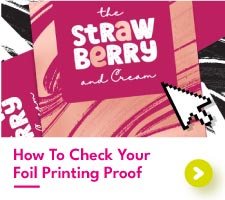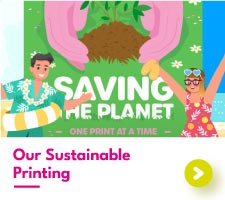How Is Paper Made?
Try to imagine your life with no paper; without it, you couldn't have painted your first picture, made your first paper airplane, written your first love letter and, well you get the idea. In an increasingly digital age, people often take paper for granted, but paper has helped to shape civilizations and communication methods for thousands of years. So exactly how is paper made and what are its manufacturing origins?
How Was Paper Made?
The history of how paper is made starts in ancient Egypt in the form of papyrus, created from plant stems, alongside the use of parchment made from animal skins (certainly wouldn't fly today!). Fortunately, there was another ancient civilization on the case to find a better method. So how is paper made from trees? We have China to thank for this by developing a method using a watery, mishmash of bark and rags. Over time, the concept became standardized through refined production techniques. Eventually, it traveled west into Italy and then filtered into the rest of Europe.
Combined with the invention of the German Gutenberg printing press in the early 1400s and its ability to quickly and mechanically reproduce text, the demand for paper increased exponentially. With the expansion of mechanical know-how during the Renaissance and the Enlightenment, paper became ever more widespread across the globe.
By the end of the Eighteenth Century, the French chemist Claude Louis Berthollet pioneered the use of chemicals to bleach paper whiter. During the Industrial Revolution in the following decades, new rapid production techniques saved more and more time in the creation of paper from bleached rags. By the mid-nineteenth Century, the mass production of wood pulp, first mechanically and then chemically, led to the development of paper as we know it today.
Moving into the Twentieth Century, innovations like electricity and automation made the whole process faster and cheaper than ever. This led to a rise in specialized grades and qualities, ranging from cheap newspaper stock to thick, high-finish card for luxury items.
The Paper Making Process Of Today
Where does paper come from for the digital printing process of today?
Well, a lot of paper is made from what waste wood there is produced by sawmills. This raw material is broken up in giant tumbling drums at paper mills, and then washed, shredded, and ground into small wood chips as it travels along a series of vast conveyor belts. These wood chips are processed down further into a wet mulch. They're then bleached and essentially cooked in strong chemicals, which separates their useful cellulose plant fibers from the non-useful lignin contained in the wood.
The wood pulp needs to have its tiny fibers separated so that it can be reformed and dried into smooth, usable sheets. This separation process can be either chemical or mechanical, but it’s the substances used in the chemical separation process that first lighten the wood pulp into a paler tone.
During the paper manufacturing process, manufacturers bleach or dye this fine wood pulp further to create its final white or colored finish. The process can also involve the blending of different pulps to create varied textures, weights, strengths, and smoothness in the finished stock.
The result is a bleached, wood-mush soup, made up of interlocking cellulose fibers, which can then be sprayed out to dry as paper in its raw form. This raw paper is flattened, stretched, and dried out completely along a series of heated rollers, which finally press down the processed paper into vast continuous sheets that end up… well, paper-thin.
These vast rolls are cut down mechanically into smaller rolls, which can then be trimmed (on automated paper production lines) into countless sheets of the standard stationery sizes we all recognize.
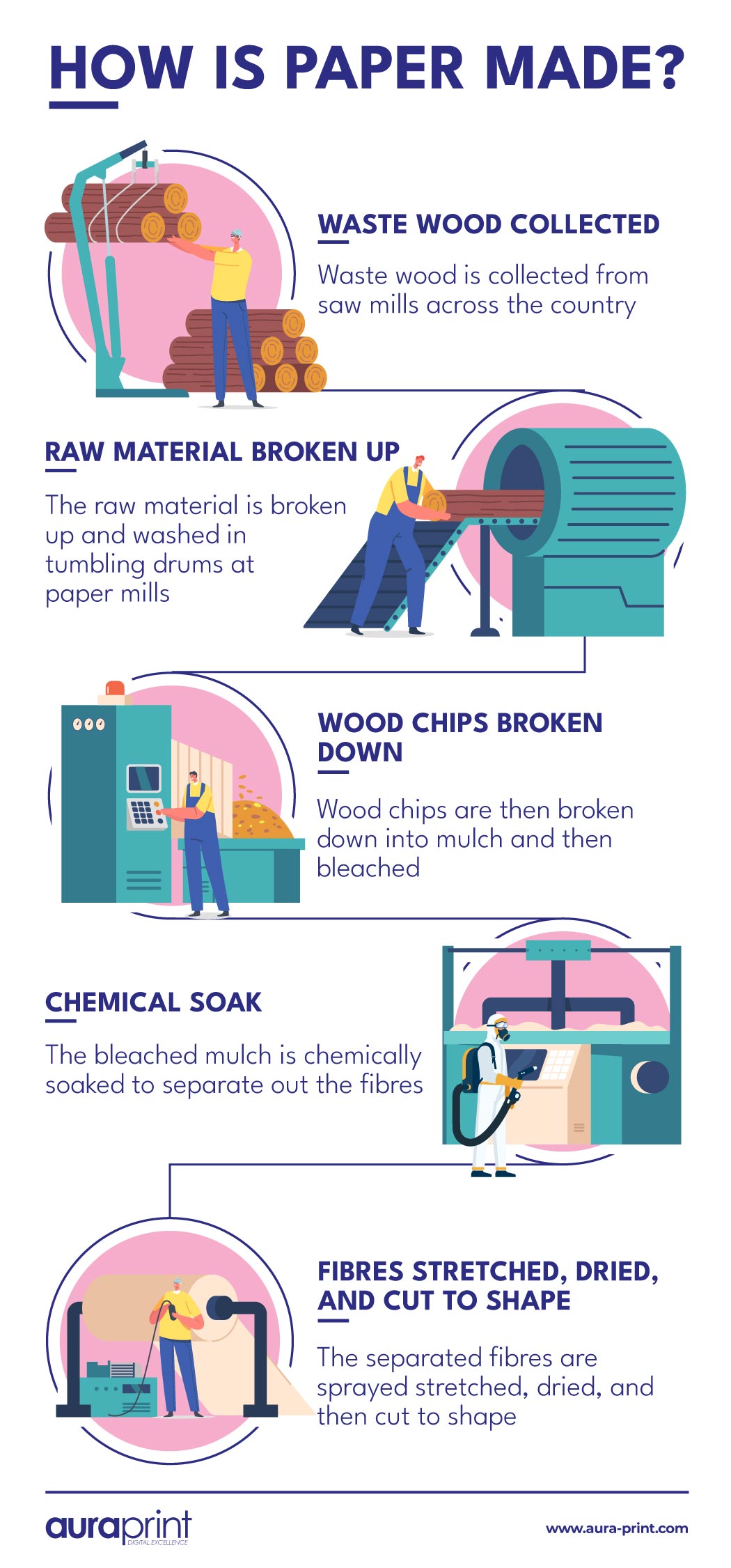
What About Alternative Sources?
When it comes to exploring alternative sources for paper, we're spoilt for choice. Wheat paper is made from the stalks of wheat plants, utilizing a byproduct of the grain harvest. Another option is rag paper, which is crafted from cotton or linen fibres, making it durable and long-lasting. Additionally, cannabis paper presents an intriguing alternative derived from the fibres of the cannabis plant.
These alternative papers not only offer environmental benefits but also provide unique textures. For instance, cotton paper, with its soft and luxurious feel, is ideal for creating elegant wedding invitations. Another textured choice is gesso paper, known for its smooth and absorbent surface, making it perfect for artistic endeavours. By embracing these alternative sources, we can expand our options for paper production while also adding some creative flair.
Is Paper Recyclable?
Yes, paper is recyclable, but with some exceptions. Recycling paper helps to conserve natural resources, reduce energy consumption, and minimize waste sent to landfills. The process of recycling paper involves collecting used paper, sorting it based on type and quality, removing contaminants such as inks and adhesives, and then breaking it down into fibers. These fibers are then used in making paper products.
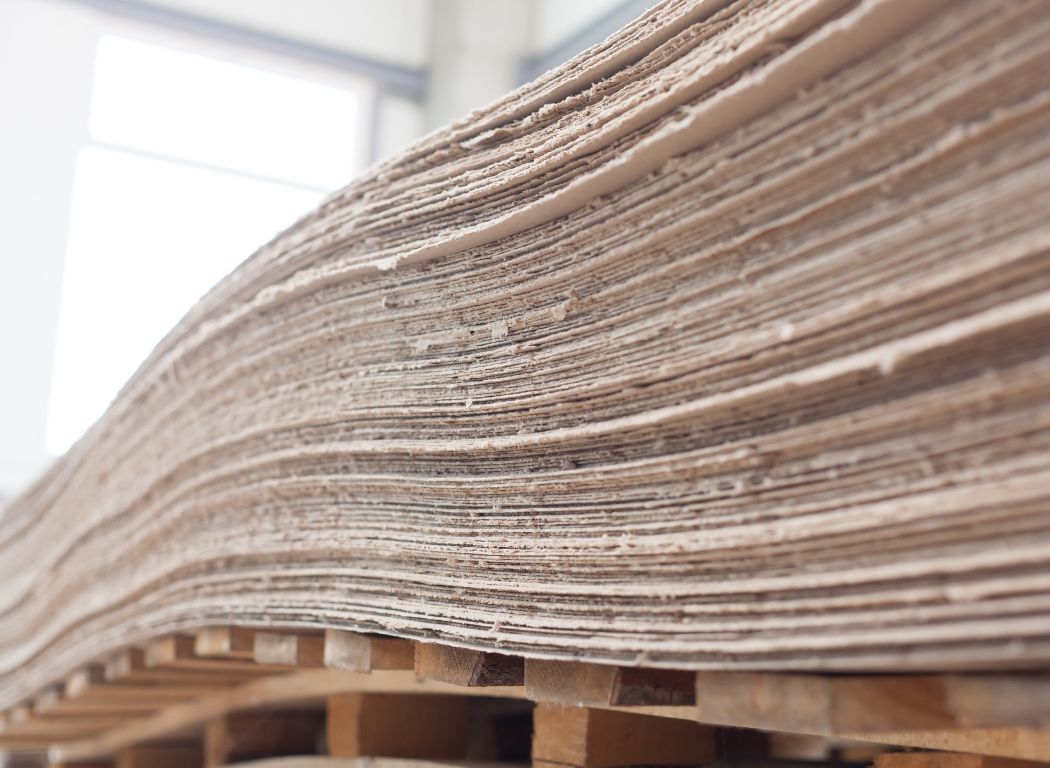
It's important to note that not all types of paper can be recycled. Certain types of paper, such as paper towels, tissue paper, and heavily contaminated or wax-coated paper, are generally not accepted in recycling programs. Additionally, paper that has been shredded into small pieces may be more difficult to recycle due to the loss of fiber length. It's always best to check with your local recycling program or facility to understand their specific guidelines for paper recycling.
So there you have it, a brief overview of how paper is made. It may not be the most popular subject around, but a world without paper would definitely be a less creative place indeed.

 UK
UK FR
FR
